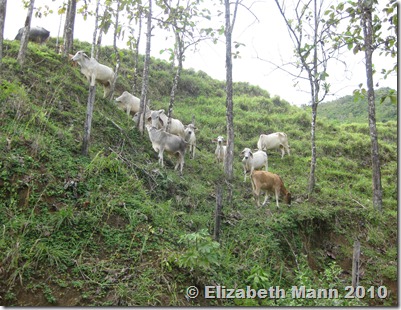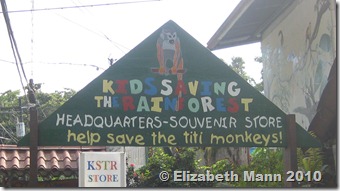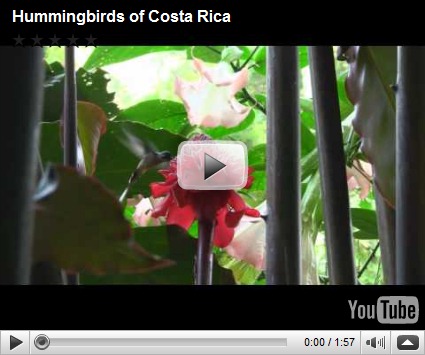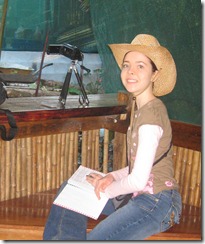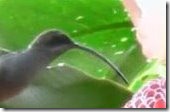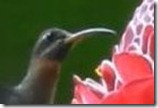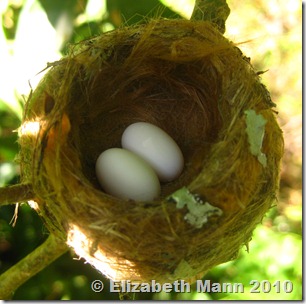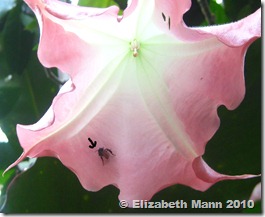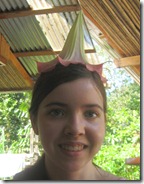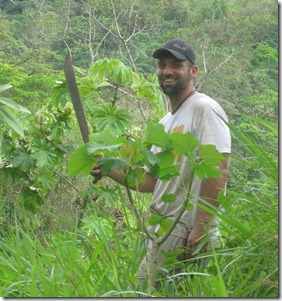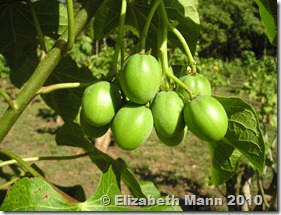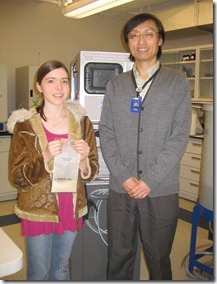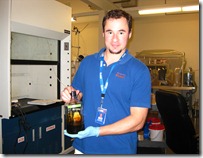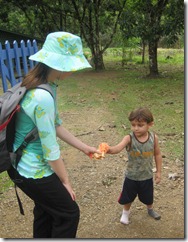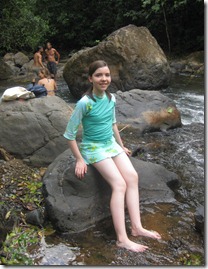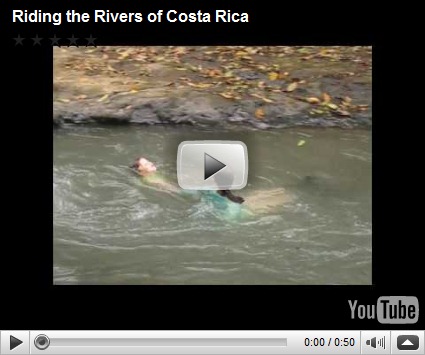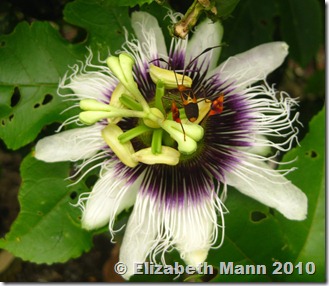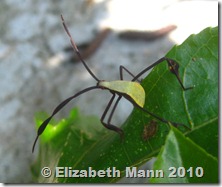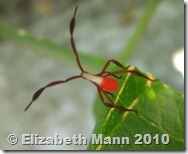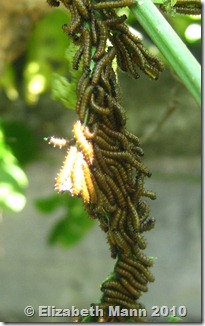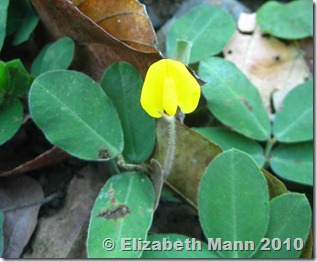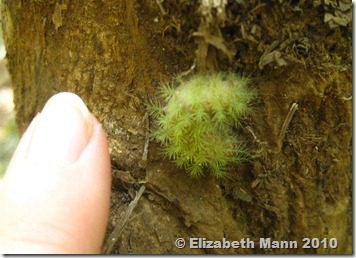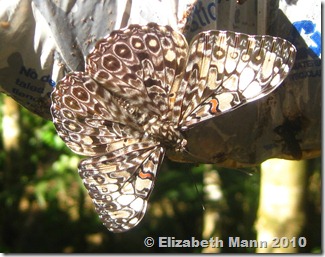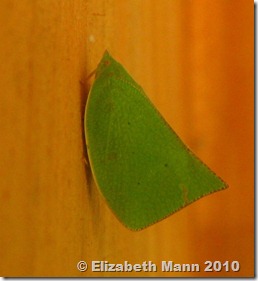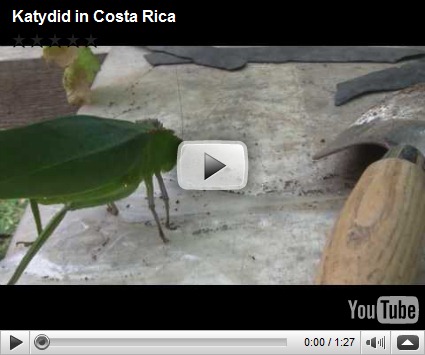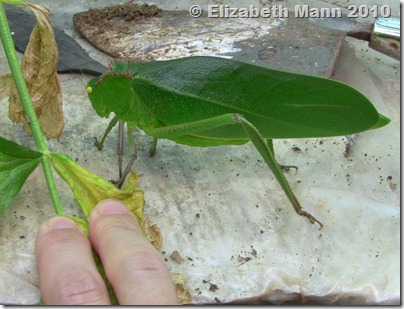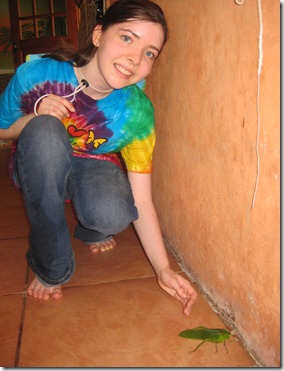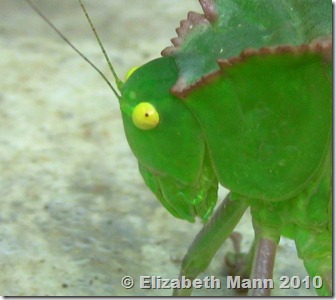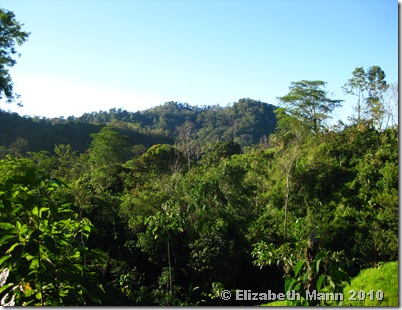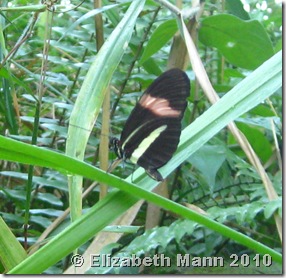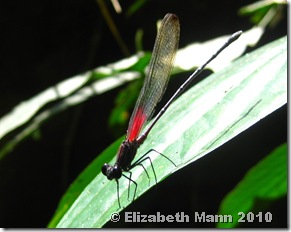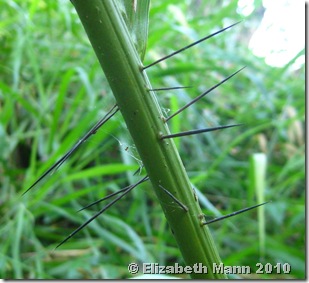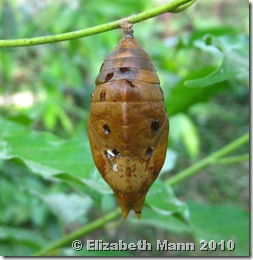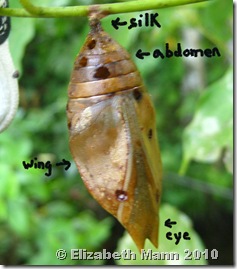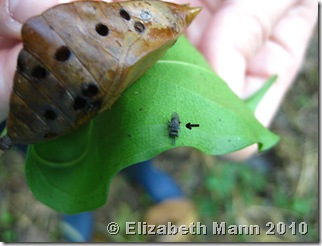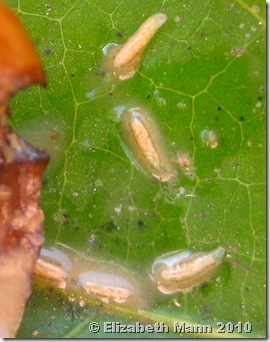After lunch, my mom and I were given a tour of a local farm. We started by climbing up a steep hill through the uncut jungle. When we came out of the undergrowth, I noticed that the farm had been cleared of their lush trees and plants. In replace of the once rich forest were grazing cattle feeding on grass.
I was disheartened by this sight because I knew the critical role rainforests play in our environment. Rainforests purify our water and air. They also prevent flooding and erosion. When the trees are removed, the delicate rainforest is disrupted and much of the wildlife loose their homes.
With the loss of trees, the nutrient-poor soil is quickly washed away. The storage of nutrients in rainforests is different than in temperate forests. Temperate forests have nutrient rich soil from the decomposition of organic matter, but rainforests store most of the nutrients in its vegetation. When rainforests are slashed and burned for agriculture, all the nutrients that were stored in the vegetation is lost. Without the protection of trees, the nutrient-poor soil of the rainforest is washed away. Agriculture will eventually fail in the depleted soil. The land is then not good for much except cattle raising. The once rich rainforest with flourishing fauna, wildlife, and butterflies is then replaced with hills of grass.
Rainforests are a place of beauty and wonder that need our attention as they are being destroyed. Causes of rainforest destruction are agriculture, logging, wood and timber for fires, road and house construction, and land for cattle to graze. We can make a difference by eating less fast food beef, buying local meat and produce, and recycling paper products. We can also support reforestation projects who are replanting a diversity of native plants needed by wildlife.
http://www.kidssavingtherainforest.org/main.html
One example of a reforestation project is Kids Saving the Rainforest, located in Manuel Antonio, Costa Rica. It was founded by two school children who realized the importance and beauty of rainforests. With the help of other children and volunteers, they are working on reforestation projects and the rehabilitation of animals who are injured or abandoned. They have saved and released 30 animals so far and have planted over 5,000 trees to reforest and expand monkey corridors.
Segments of this article written by Elizabeth Mann was also used on Happy Chickens Lay Healthy Eggs blog. http://happychickenslayhealthyeggs.blogspot.com/
One of the books I found helpful during my research was Tropical Rainforest by Arnold Newman published in 1990.


